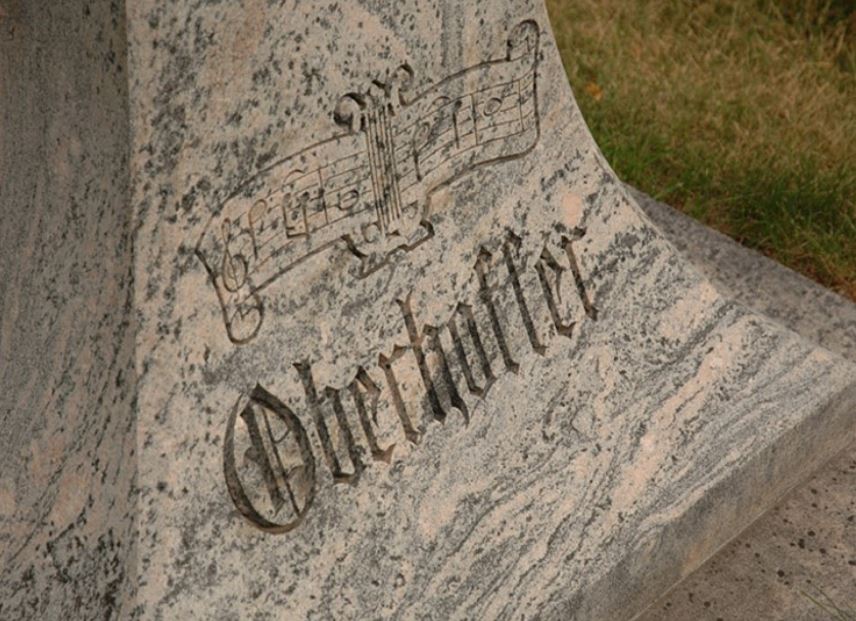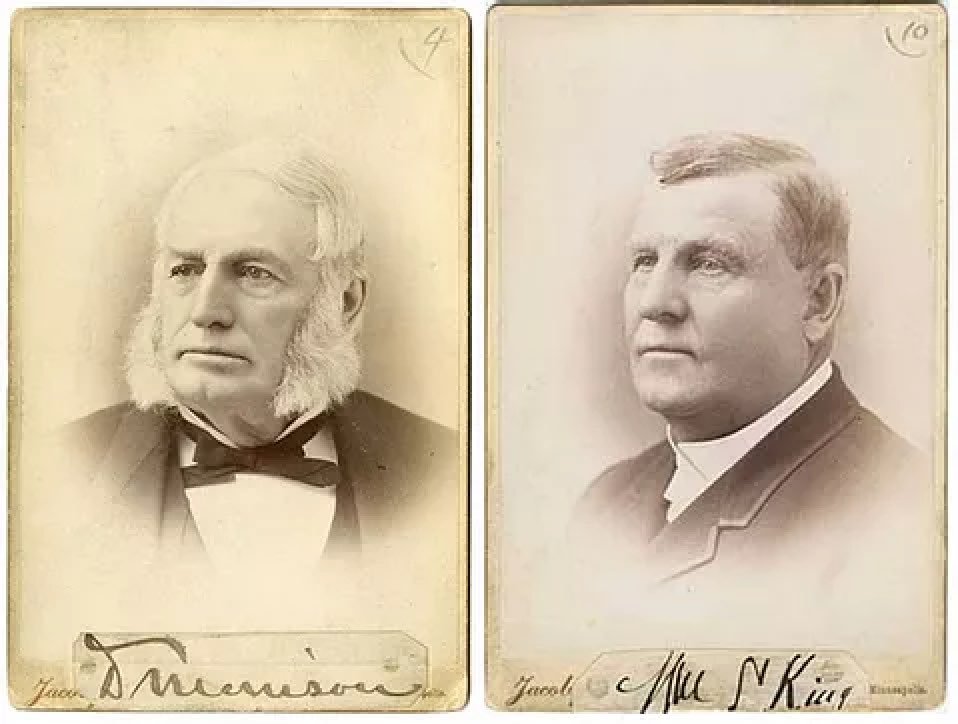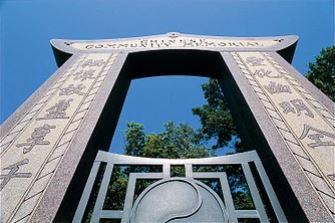As the Great Minnesota Get-Together continues, we’re looking at the Minnesotans who helped shape our state’s entertainment and amusement culture.
Perhaps the most intriguing of all early Minneapolis entertainment entrepreneurs was Lakewood resident Robert “Fish” Jones. The second of this two-part blog explores “Fish” Jones’ connection to legendary Minnesota State Fair racehorse Dan Patch, and how Patch altered the State Fair forever. If you’re just tuning in, you can read Part 1 here.
Robert “Fish” Jones loved to entertain. From using bears and lions to lure customers into his 1800s Minneapolis fish market to building a large zoo by the Minnehaha falls, he brought entertainment to many — though sometimes at the expense of animal welfare.
The eccentric Jones ran a South Minneapolis horse, auto and bicycle race track in the late 1880s. He became heavily involved in the trading of horses, and bought, displayed, and sold these animals as part of his empire. It was, of course, a gamble, but there was a lot to be gained from having a successful race horse. In the late 1800s and early 1900s, horse racing was one of the few activities enjoyed by both urban and rural populations across Minnesota and the U.S.
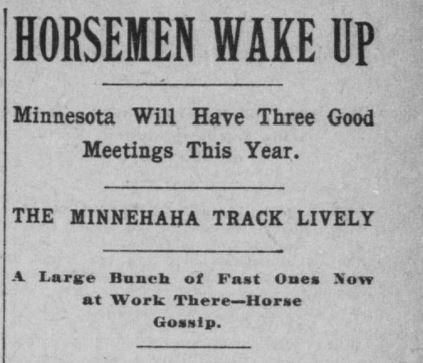
“Horse Gossip” in a 1901 newspaper urges “horsemen” to come to Minnehaha Track.Source: Minneapolis Journal via Library of Congress
So it wasn’t unusual for Robert “Fish” Jones to convince local businessman Marion W. Savage to purchase a race horse from a New Yorker in 1902. Jones knew that having a strong race horse in the Twin Cities would bring attention to his Minnehaha Track, in which Savage had a financial stake.
What was unusual was the horse’s price tag. At a time when work horses were usually sold for about $100, Savage purchased this particular horse for the staggering price of $60,000. But Savage was no fool. Born in Ohio in 1859 and left nearly broke in his late 20s after flooding destroyed his crops, this desperate farmer moved to Minneapolis for a fresh start. Pairing his knowledge of farming with ambitious networking with local food scientists, Savage started the Minneapolis’ International Stock Food Company.
Within a few years he had purchased a large riverfront warehouse, and soon opened plants from Memphis to Canada to Russia. By the late 1800s, Savage purchased 750 acres of farmland near Minneapolis. Here, in what we now know as Savage, Minnesota, he built two race tracks and began raising horses.
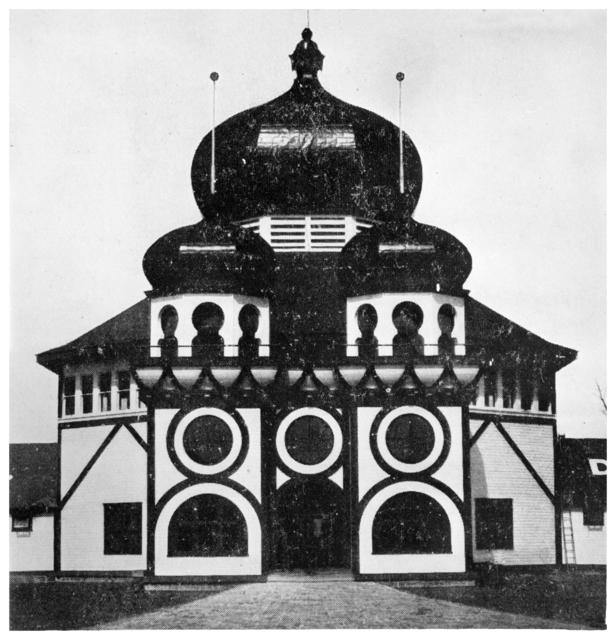
The stable building on Savage’s grand estate.Source: Minnesota Historical Society
By the time Robert “Fish” Jones convinced Savage to buy that pricey racer in 1902, Savage knew enough to know this was no ordinary horse. Though already pushing the mature age of six years old, this horse had proven to be a stellar racer while on the East Coast. The racer’s previous owner, M. E. Sturgis, had seen this promise a year earlier, when he paid the still-unheard-of price of $20,000 for the horse.
On a cold January morning in 1903, the famed racehorse arrived on a train from New York. He was a large but trim horse, with a dark brown coat and a white star on his forehead. Despite frigid temperatures, a large crowd gathered at the train station to greet the horse.
Robert “Fish” Jones gave a speech to the enthusiastic crowd, and, of course, used the opportunity to promote his Minnehaha Track. Always the showman, Jones personally led the parade down Nicollet to honor the horse’s arrival. The parade ended at the 2600 block of Portland Avenue, where Marion Savage owned a large home. Marion Savage’s extravagant purchase proved to be far from frivolous. In 1905, “Dan Patch” became a nearly household name across the United States. He set the world record mile in Kentucky, completing the race in just 1 minute and 55 and ¼ seconds.
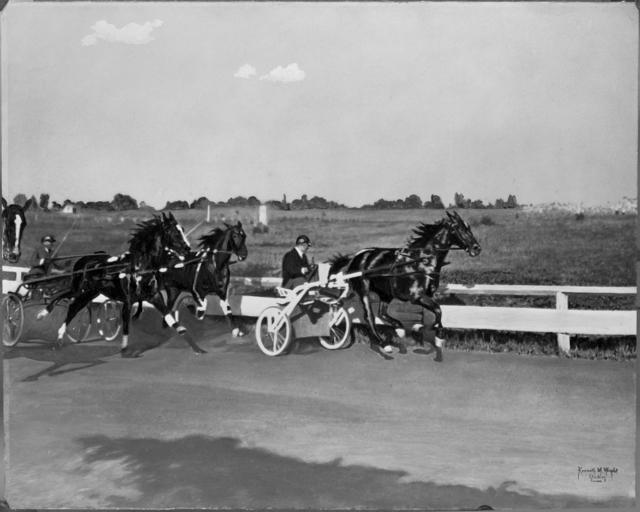
Dan Patch races in the 1906 Minnesota State Fair, where he broke his previous record.
Source: Minnesota Historical Society
With the early State Fair evolving to embrace the interests of both urban and rural populations, horse racing became one of its biggest attractions. On September 8, 1906, over 90,000 people sweated it out in the late summer heat to watch a heavily anticipated event.
Savage, an expert promoter, referred to sometimes as “the second P.T. Barnum,” had announced that Patch would try to break his previous record for the mile. Here, at the State Fairgrounds in St. Paul, Patch whizzed around the track at lightning speed. He crossed the finish line at 1:55 flat. As he crossed the finish line, he threw the crowd a knowing look. In an instant, he captured the hearts and imaginations of Minnesotans and horse fans across the country. His record remains unbeaten today.
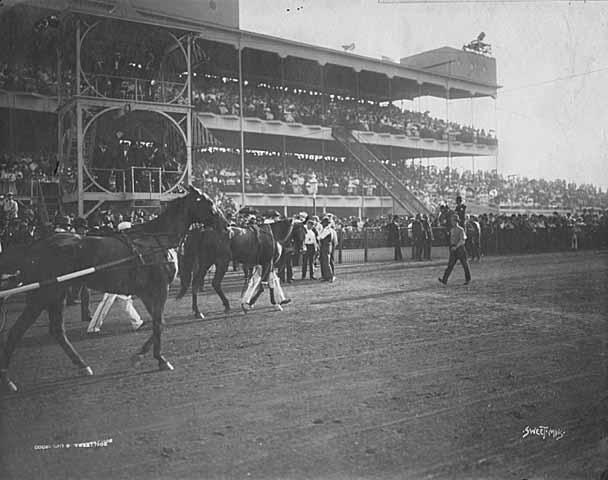
The 1906 scene at the grandstand after Dan Patch set the unbeaten mile record.Source: Minnesota Historical Society
The Minnesota State Fair would never be the same after Dan Patch’s remarkable victory. The State Fair Grandstand was rebuilt to accommodate the crowds that came out in droves to see the horse. This building came to be known as “The House that Dan Patch Built.” The Fairgrounds’ Dan Patch Avenue was named in his honor. Even outside of Fair season, people came out in droves to see the famed horse. Dan Patch earned between $10,000 and $20,000 for Mr. Savage each time he raced against nothing other than the clock. Over the course of his lifetime, Dan Patch’s earnings from races and showings were valued at over one million dollars.
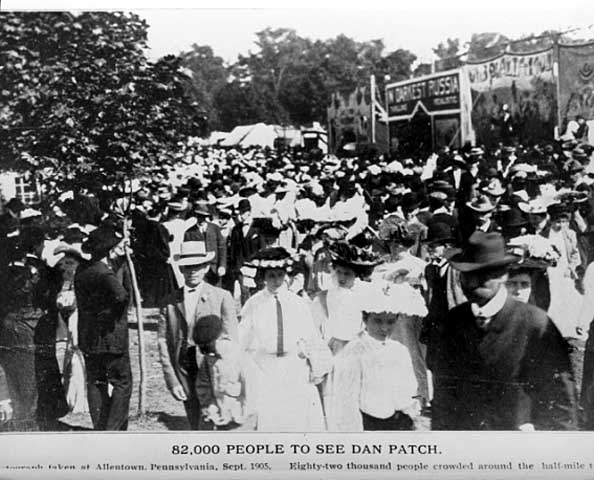
82,000 people came out to see Dan Patch in Allentown, PA in 1905. The horse was loved the country over!Source: Minnesota Historical Society
But more than being a boon for Savage’s pocketbook, Dan Patch was well loved. He was known as being remarkably pleasant for a race horse, many of which were quite aggressive. He was also known for being Savage’s companion. On July 11, 1916, 20-year-old Dan Patch passed away. The next day, Marion Savage died at age 57. Some physicians who attended to Savage say he died of a broken heart.
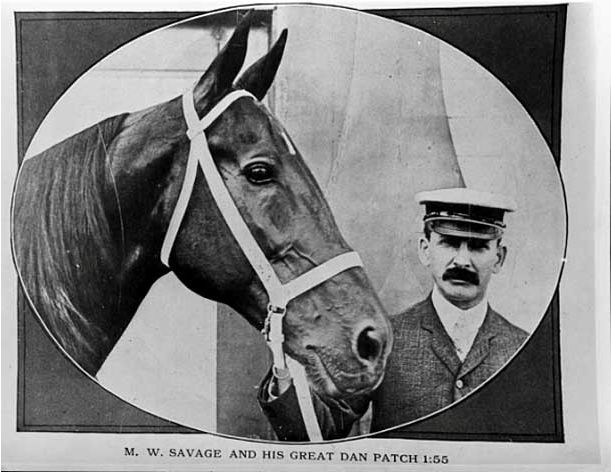
Marion Savage is buried in Lakewood’s Section 23. Robert “Fish” Jones is buried in Section 2. The burial site of Dan Patch is up for debate.
